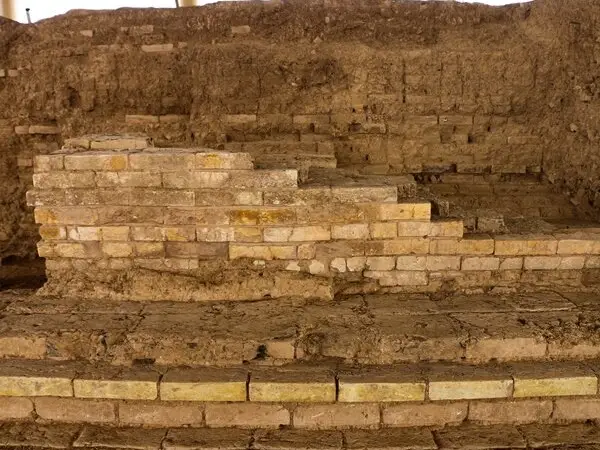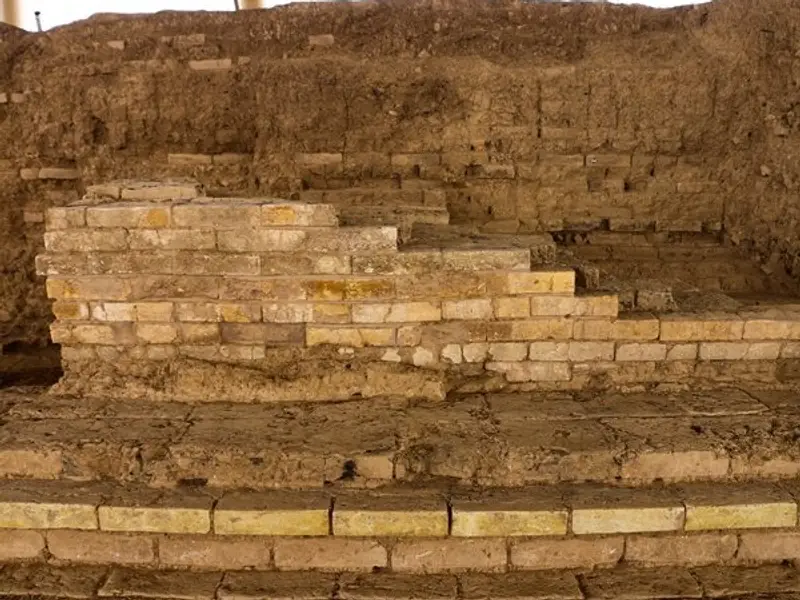In a recent archaeological discovery at the ancient site of Persepolis, Iranian archaeologists have revealed the eastern wall of a grand historical gateway.
The remarkable structure, also referred to as the Gate of Cyrus, spans an impressive 40 meters in length, 10 meters in width, and boasts a substantial thickness of five meters, constructed entirely from a combination of bricks and tiles.
One of the fascinating construction techniques employed in the creation of the Gate of Persepolis in Pasargadae is the extensive use of bitumen mortar.
Notably, the most recent findings have brought to light a striking array of glazed bricks adorning the entirety of the gate's eastern wall. The vibrant, glazed tile panels feature depictions of legendary animals, eight-petaled flowers, and a palette of glazed bricks in shades of white, yellow, blue, and green, suggesting that, during its zenith, this gateway stood as one of the most renowned in the ancient world.
Situated approximately three kilometers northwest of Persepolis, in the area known as the Firuzabad Garden, the ancient site recognized as Tal-e Ajori, has revealed remarkable insights into the historical past.
The monumental structure once provided access to a royal garden known as "Paradise," which included a grand palace that now lies in ruins at the Firuzabad site. Over time, the commemorative gateway was abandoned during the Achaemenid era, later succumbed to the destructive force of a significant earthquake and was subsequently subject to plunder during subsequent eras.
At the height of its power, the Achaemenid empire established by Persian monarchs Cyrus and Darius in 550 BC extended from the Balkans to Central Asia. It notably set the precedent as the first state model founded on principles of diversity and a remarkable tolerance for various cultures and religions.

